Generation Brave wants to be loved. In this case, it’s also a book that wants to be loved. If it’s a loose happy, compilation of young people who are out to change the world then Generation Brave, The Gen Z Kids Who Are Changing the World may not be your scene. To the book’s credit, it doesn’t hide its activism. It clearly states upfront, just in case any middle school or older reader is unfamiliar with the people being highlighted, that these people are opinionated and not afraid to stand up to authority. Cue that song by John Mellencamp in 3, 2, 1. If you’re an activist young person on the left side of the aisle then this book is preaching to you. It’s loaded with mainly liberal young voices or organizations who are very passionate about what they believe. Because of that, the book will be a guidebook for those who speak truth to power and a book full of tripe talking points to the other half.
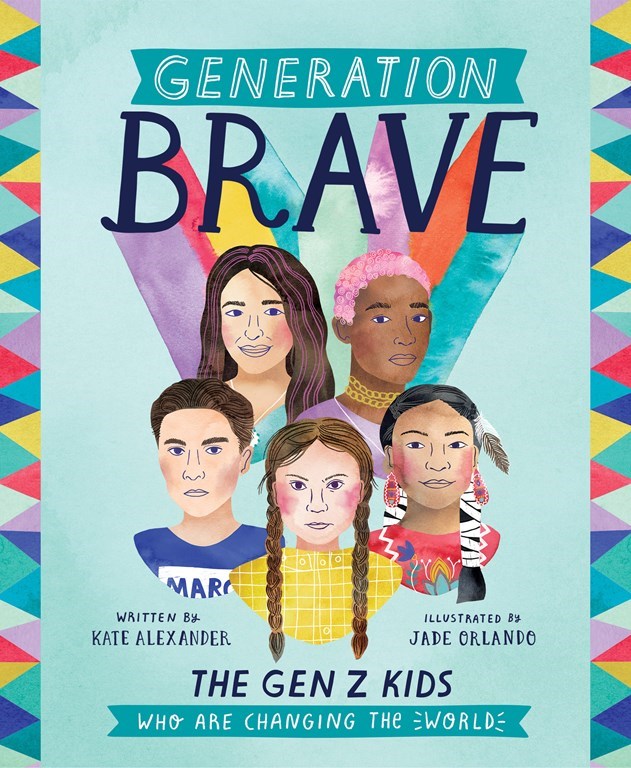
In a way, that’s a shame because there are a couple of young people who are written about in the book who have created things or done things, instead of simply garnering headlines. Fionn Ferreira created a process that could help clean up microplastics and oil residue. He won a Google Science Fair and has an idea that can revolutionize the oceans. Kavya Kopparapu is the founder and CEO of Girls Computing League. She wondered why there were only five girls in her computer science class and the rest is history. Joshua Wong is another one. He’s a Hong Kong citizen who has been working for the rights of their people as mainland China is trying to exert more control over the area. His story and the political party that he formed is worthy of an entire book.
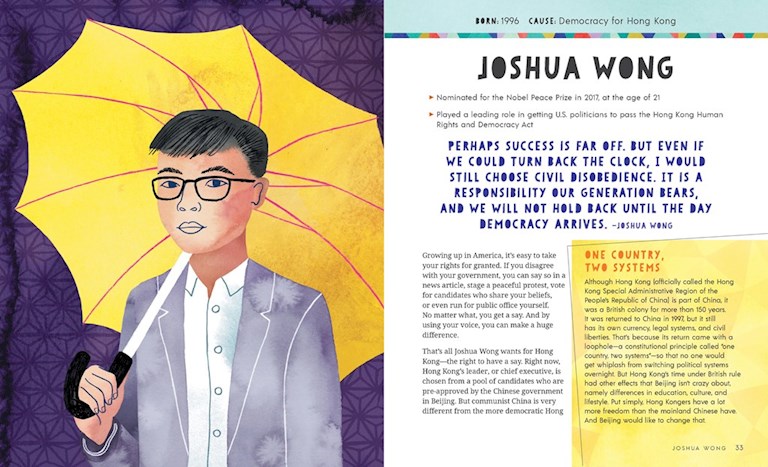
Unfortunately, for people in the middle or on the right, most of the folks profiled in the book are firmly on the left side of politics or their actions. That’s too bad because the folks who are in the middle or on the right will quickly tire of this book, should they accidentally start reading it. Some of the people that are profiled certainly have a great story to tell and could inspire lots of Gen Z kids, but the odds are that it’ll only be those with the same beliefs.
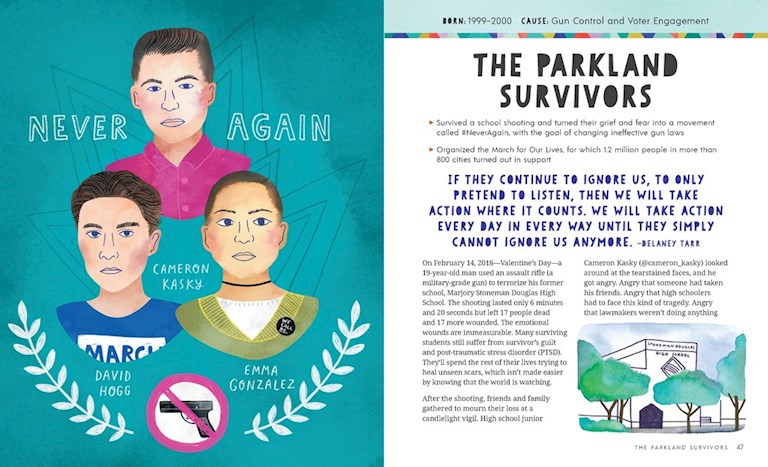
The title, The Gen Z Kids, also is inappropriate and a bit misleading. ‘Kids’, is in the subtitle of the book, but the majority of the people profiled are more young adults. Granted, when they were creating the book these people were probably teens and could easily be called ‘kids’; but profiling a person in their young 20’s and presenting them in a book with that subtitle is misleading. It’s a double-sided sword, if they’re too young then they haven’t done enough, but if they’ve done more, then they could be too old or not relevant.
If Generation Brave really wanted to be brave, then they could’ve highlighted some of the folks on the right who inspire as much as the ones on the left. Naomi Seibt, Nick Sandmann, or others who don’t have the same ideology as the majority of the ones in Generation Brave would’ve shown more variety and brought in more readers. It also would be more divisive because you’d be putting those who believe in gun control in the same book as those who believe in gun control or were part of a mass shooting.
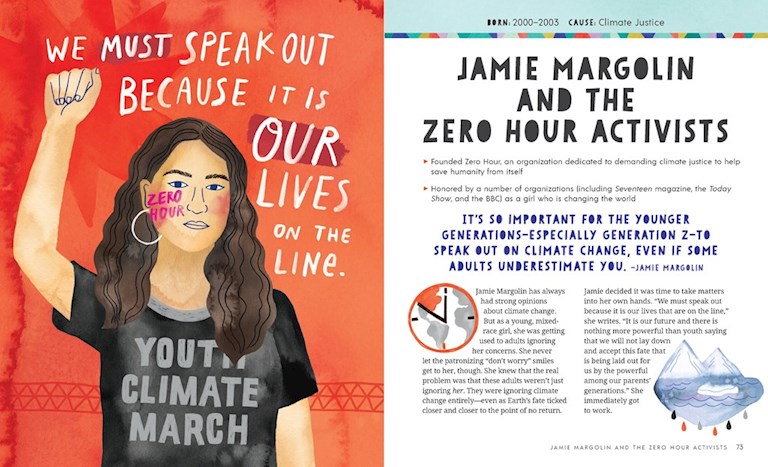
It’s a complex recipe, isn’t it? The text in the book is good for those upper elementary students who are great readers or those middle school readers. Each person has about three pages in their profile which includes several illustrations and how to reach them on social media.
In the end, Generation Brave is a book that’ll speak to half of the population like an owner’s manual. The other half will look at the book and the people that read it as sheep who can’t think for themselves. Either way, it won’t lead to an actual discussion about what either side could learn from the other.
Generation Brave: The Gen Z Kids Who Are Changing the World is written by Kate Alexander with illustrations by Jade Orlando and on Andrews McMeel Publishing.
There are affiliate links in this post.

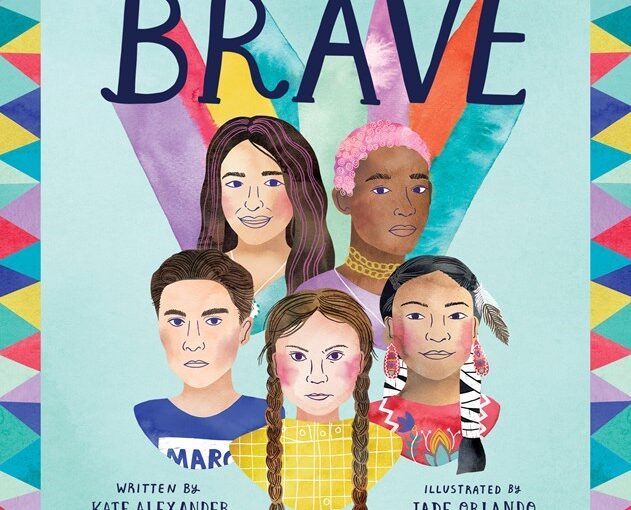



 Facebook
Facebook Twitter
Twitter Flickr
Flickr GooglePlus
GooglePlus Youtube
Youtube